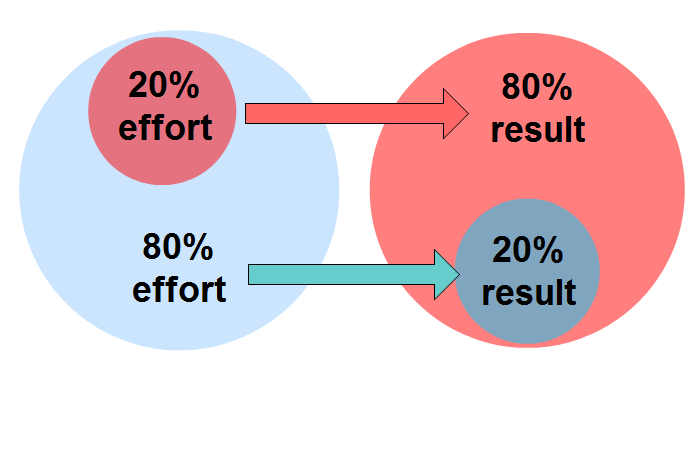

Pareto efficiency is measured along the production possibility frontier (PPF), which is a graphical representation of all the possible options of output for two products that can be produced using all factors of production.īesides economics, the notion of Pareto efficiency has been applied to the selection of alternatives in engineering and biology. x-inefficiency: a set of outputs of goods is Pareto-efficient if there is no feasible re-allocation of productive inputs such that output of one product increases while the outputs of all other goods either increase or remain the same. In addition to the context of efficiency in allocation, the concept of Pareto efficiency also arises in the context of efficiency in production vs.

Pareto originally used the word "optimal" for the concept, but as it describes a situation where a limited number of people will be made better off under finite resources, and it does not take equality or social well-being into account, it is in effect a definition of and better captured by "efficiency". The Pareto front (also called Pareto frontier or Pareto set) is the set of all Pareto-efficient situations. A situation is called Pareto-optimal or Pareto-efficient if no change could lead to improved satisfaction for some agent without some other agent losing or, equivalently, if there is no scope for further Pareto improvement.A situation is called Pareto-dominated if there exists a possible Pareto improvement.Given an initial situation, a Pareto improvement is a new situation where some agents will gain, and no agents will lose.

The following three concepts are closely related: The concept is named after Vilfredo Pareto (1848–1923), Italian civil engineer and economist, who used the concept in his studies of economic efficiency and income distribution. Pareto efficiency or Pareto optimality is a situation where no action or allocation is available that makes one individual better off without making another worse off.


 0 kommentar(er)
0 kommentar(er)
